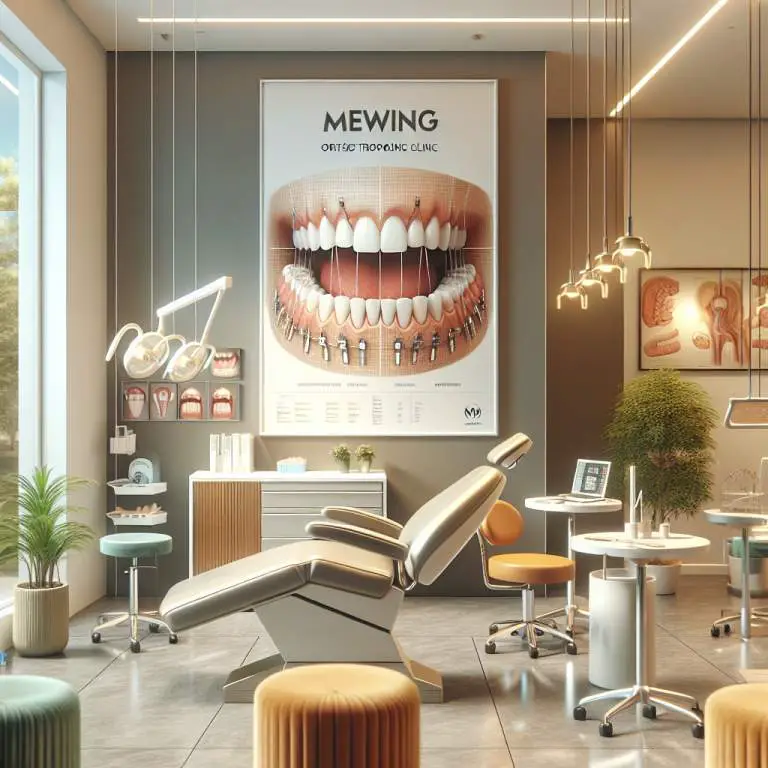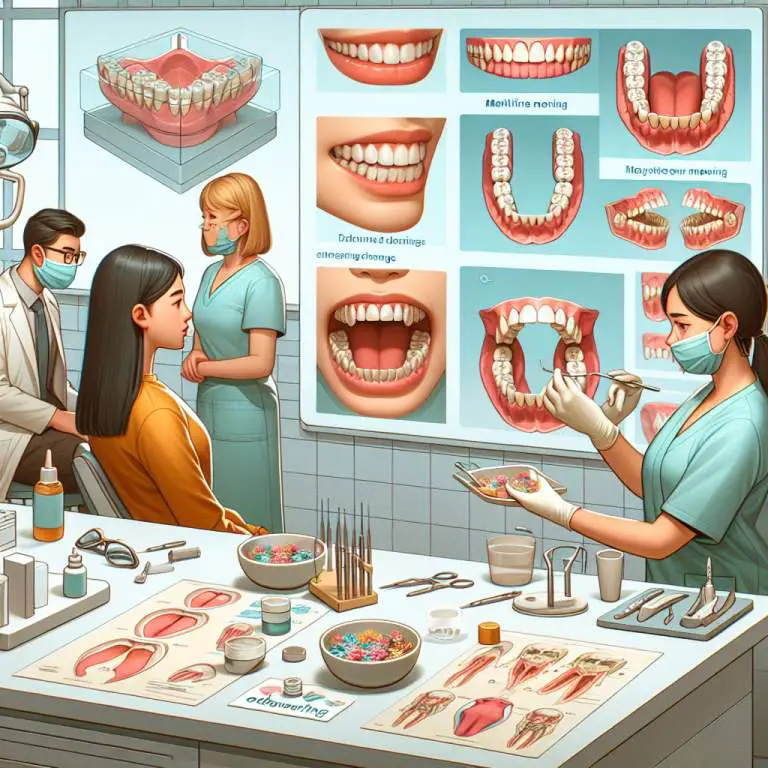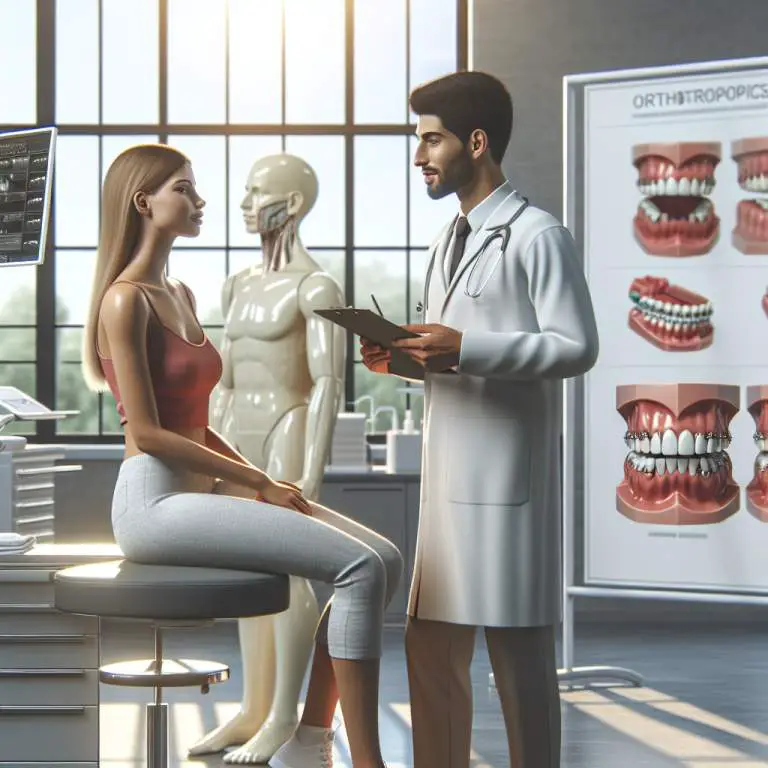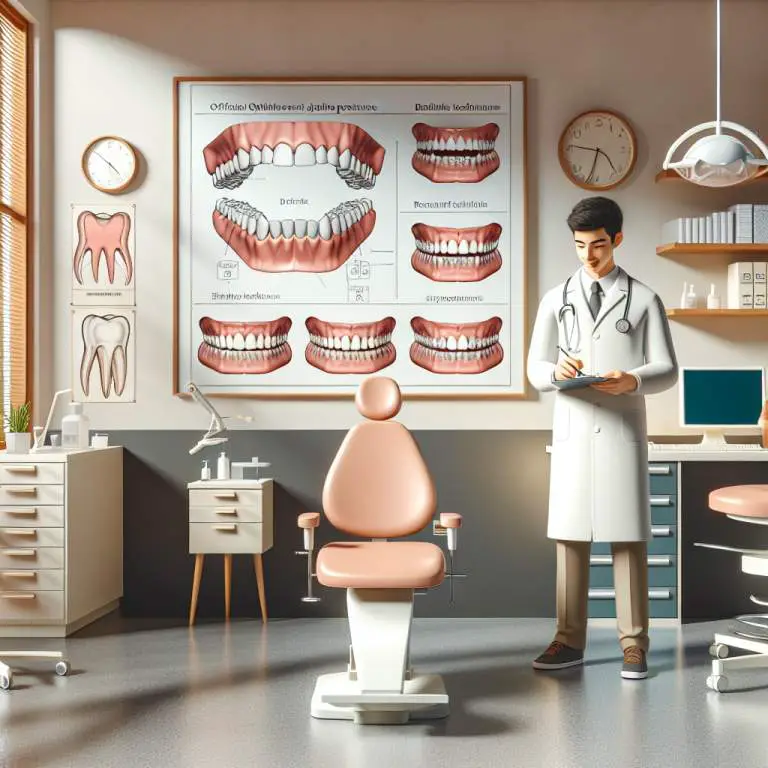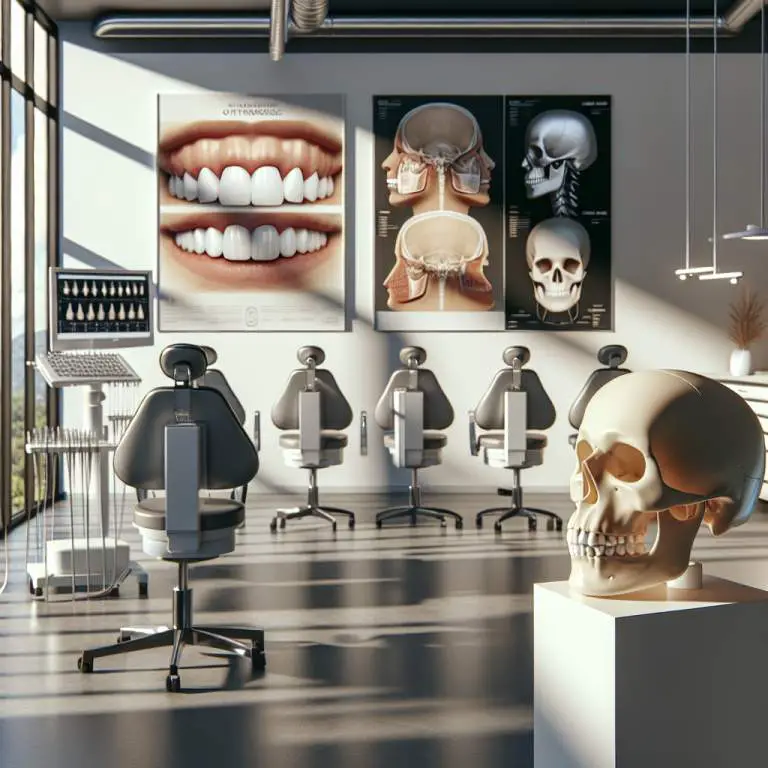Can mewing improve jawline symmetry?
Mewing can help improve jawline symmetry by promoting proper tongue posture and encouraging the natural alignment of facial bones. This technique involves resting the entire tongue against the roof of the mouth, which can lead to a more balanced appearance over time. However, results vary from person to person and practicing consistently is key for noticeable changes.

How Does Mewing Work to Potentially Alter Facial Structure?
Mewing is a technique that some people believe can change the way your face looks. It’s named after Dr. John Mew, who came up with this idea. The basic idea behind mewing is pretty simple. It’s all about how you position your tongue in your mouth.
When you do mewing correctly, you press your entire tongue against the roof of your mouth. You also have to make sure your lips are together and your teeth slightly touching or close together. This position is supposed to help change the shape of your facial bones over time, especially if you start at a young age when your bones are still growing.
What Are the Key Techniques Involved in Proper Mewing?
To get started with mewing, there are a few key things you need to know about how to do it right. First off, the most important part is getting your tongue’s position correct. The whole flat part of your tongue should be pressed up against the roof of your mouth, not just the tip.
Next, remember to keep those lips sealed and teeth either lightly touching or almost touching. Breathing through your nose instead of your mouth is also a big part of mewing because it helps keep everything in the right place. Doing these things might feel weird at first, but with practice, it becomes more natural.
Can Mewing Actually Change the Shape of Your Jawline?
A lot of people who try mewing are hoping it will give them a sharper, more defined jawline. The idea is that by changing how you hold your tongue and jaw, you can actually shape how this part of your face develops over time.
Some folks say they’ve seen changes in their jawline after sticking with mewing for a while. However, it’s important to remember that everyone’s face is different and changes might not happen for everyone or might take a long time to notice.
What Evidence Supports the Effectiveness of Mewing for Jawline Symmetry?
Finding solid scientific proof that mewing works exactly as claimed can be tricky. There aren’t many studies out there specifically looking at mewing and its effects on jawline symmetry or facial structure changes.
However, there are some reports and before-and-after photos shared by people online who say they’ve seen improvements from mewing. While personal stories can be interesting and encouraging, they don’t replace scientific evidence. So far, most experts agree more research is needed to truly understand if and how mewing can alter someone’s facial structure.
Occlusion (Bite)Potential improvement in bite alignment
How Long Does It Take to See Results from Mewing?
Seeing results from mewing can vary greatly from person to person. For some, changes may start to become noticeable within a few months. However, for many others, it could take a year or more to see visible improvements. The process is slow and requires consistent effort.
Factors such as age, the starting structure of the jawline, and how consistently one practices mewing techniques play a significant role in the timeline for results. Younger individuals might observe changes quicker due to their still-developing facial structures. Patience and persistence are key when practicing mewing.
Are There Any Risks or Side Effects Associated with Mewing?
Mewing, when done correctly, is generally considered safe. However, there are potential risks if the technique is not performed properly. Incorrect mewing can lead to jaw pain, misalignment issues, or even temporomandibular joint dysfunction (TMJD). It’s important to research and understand the correct posture before attempting.
Additionally, excessive force or overcorrection can cause discomfort or exacerbate existing dental issues. Consulting with an orthodontist or a professional knowledgeable about facial structure before starting mewing is advisable to minimize risks.
What Other Methods Can Complement Mewing for Improved Jawline Symmetry?
Apart from mewing, there are several other methods that can help improve jawline symmetry. Facial exercises designed to strengthen jaw muscles can be beneficial. These exercises can increase muscle definition around the jawline and neck area.
Dietary changes and maintaining a healthy weight also contribute significantly towards defining the jawline further. Additionally, proper posture plays a crucial role in enhancing facial symmetry over time. Combining these methods with mewing can lead to better results.
Final Thoughts
Mewing presents an intriguing option for those looking to enhance their facial structure naturally. While it offers potential benefits, it’s important to approach it with realistic expectations regarding the time frame for seeing results and understanding its limitations.
Risks associated with incorrect technique highlight the importance of doing thorough research or consulting professionals beforehand. Incorporating complementary methods like facial exercises and maintaining good posture can optimize outcomes. Ultimately, patience and consistency are vital components of success in achieving improved jawline symmetry through mewing.
| Facial Feature | Impact of Mewing | Notes |
|---|---|---|
| Jawline | Potentially more defined | Results vary and depend on consistency and technique. |
| Cheekbones | May appear more lifted | Mewing can help in engaging the cheek muscles. |
| Nasal Symmetry | Limited impact | Nasal structure changes are not directly influenced by mewing. |
| Chin Symmetry | Possible improvement in alignment | Proper tongue posture may influence lower facial structure over time. |
| Palate Width | Potential for slight expansion | This can indirectly affect overall facial symmetry, especially in younger individuals. |
| Eyes Alignment | No direct impact expected | Mewing focuses on jaw, chin, and mouth area; does not directly affect eye position. |
| Lip Symmetry | May improve with corrected posture and bite alignment | |
| /TR | ||

